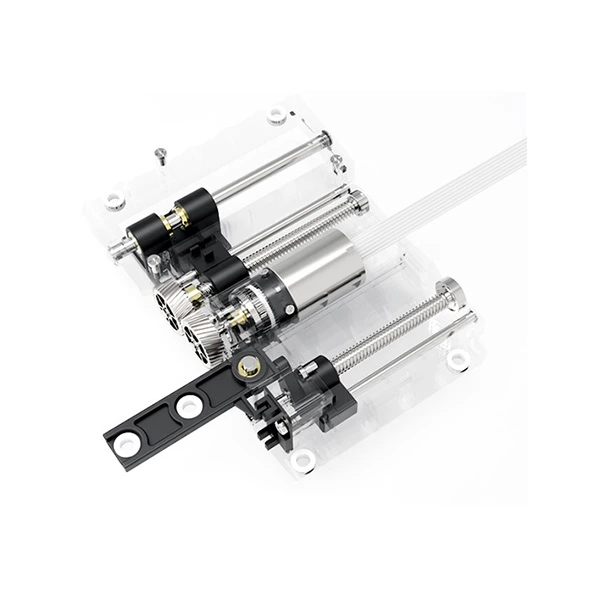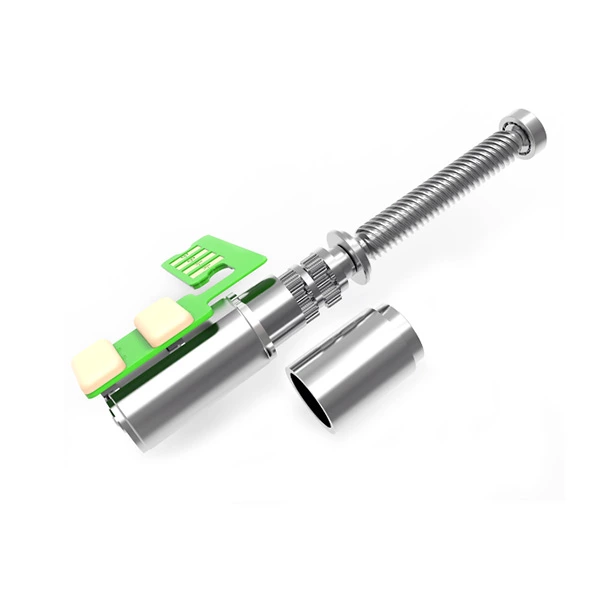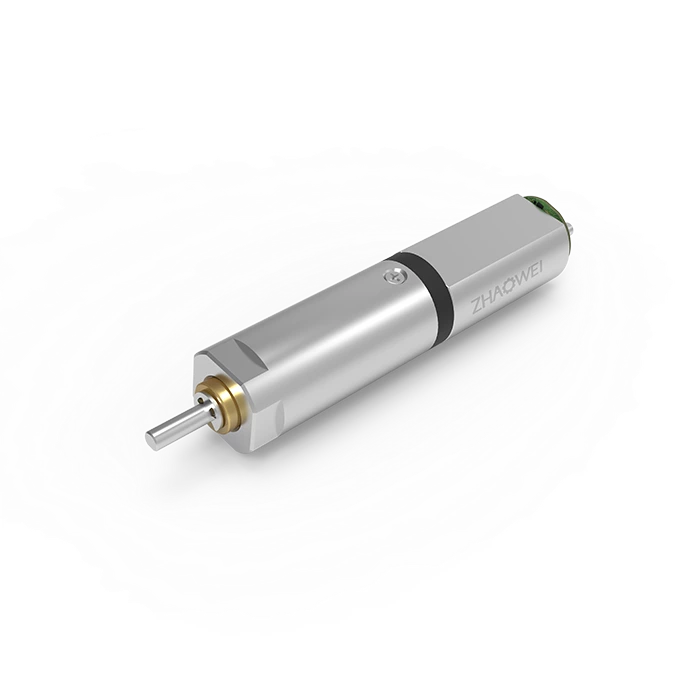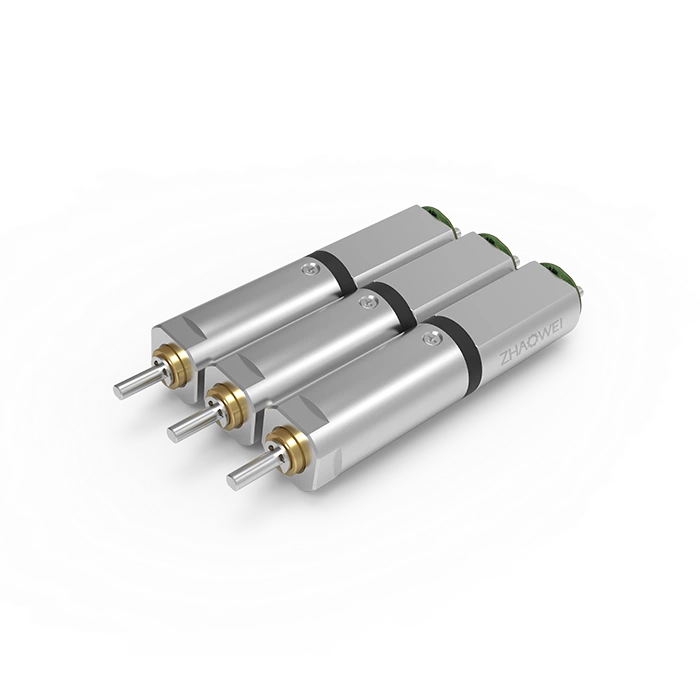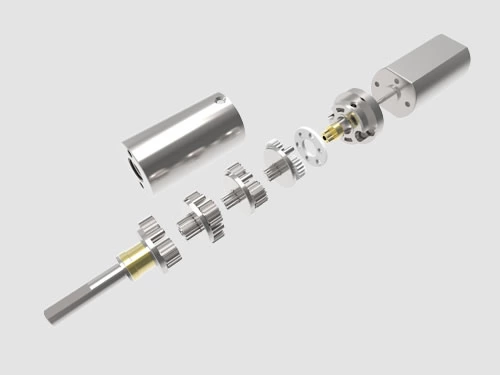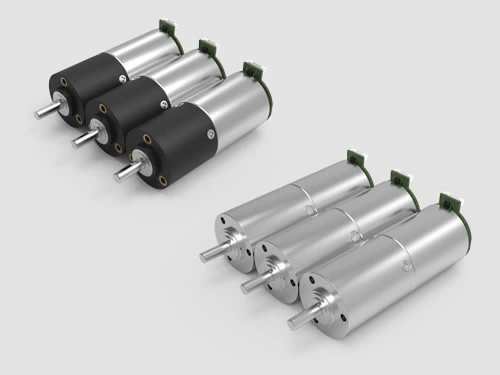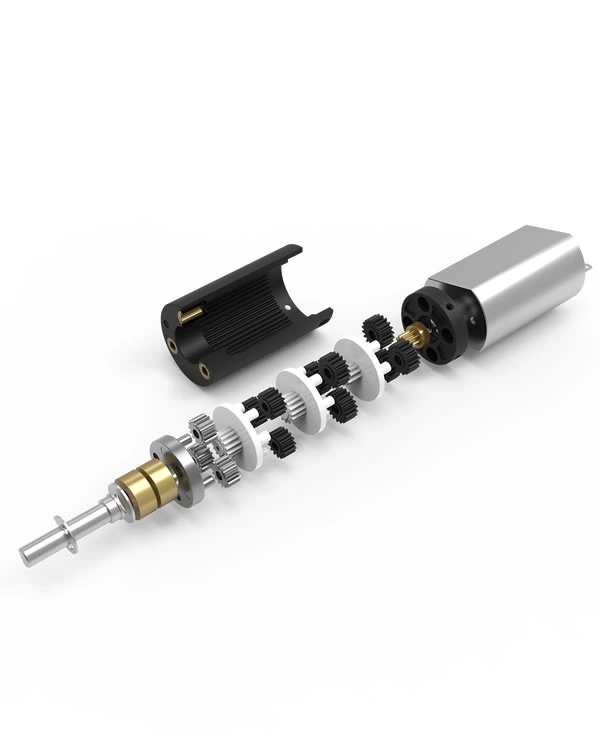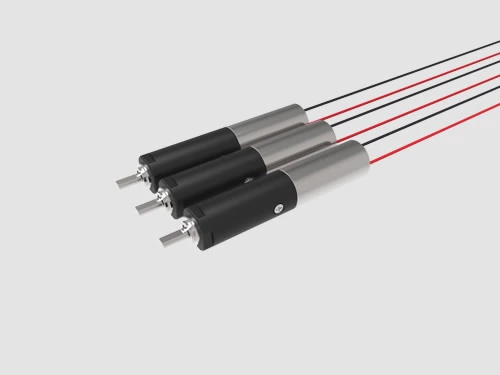How to Reduce the Noise of Gear Reducer?
The primary reasons for the noise of the gear reducer might vary. When gears work, the noise and vibration due to the gear rotation are considered a big problem. However, as noise problems tend to happen because of several causes in combination, it is challenging to identify the cause. The following ways help to decrease the noise of the gear reducer.
1. Gear reducer maintenance
Many scholars consider the change of gear tooth stiffness in gear transmission as the primary factor of gear vibration and noise. Use the gear shape modification method to minimize the dynamic load and speed fluctuation to achieve noise reduction; this approach has proven to be more useful in practice.
2. Technical parameter optimization
Based on extensive research, the optimized gear parameters have been proposed to help reduce the gear noise of the reducer significantly. Parameters include the displacement coefficient, tooth height coefficient, pressure angle, center distance, and biting impact velocity. For example, the meshing impact velocity is optimized, and the gear manufacturing processes is upgraded to decrease the impact of the pitch circle, thereby reducing the gear noise of the reducer.
3. Control the quality of raw materials
High-quality raw materials are the prerequisite for the production of high-quality products. Of note, 40Cr and 45 steel are used for gear production in our company. Raw materials are subject to strict chemical composition inspection and grain size measurement after arriving at the factory.
4. Control the gear precision
The basic requirements of gear precision: verified by practice, the gear precision must be controlled in GB10995-887~8 grade, and the line speed must be higher than 20m/s gear. Its purpose is to adjust the heat treatment deformation in time to augment the quality of the tooth profile processing.
5. Loose parts
During installation, owing to the looseness of individual components, the system is not positioned correctly and will generate noise. Moreover, looseness exerts an extra force on mechanical components, which compromises the lubrication film thickness, increases wear, and shortens service life. Thus, the noise reduction process should proceed from the design structure and stabilize the connection of various institutions.
6. Transmission parts are damaged
During installation, the transmission parts are damaged because of improper operation, resulting in inaccurate and unstable motion. High-speed moving parts might cause vibration and noise owing to oil-film vibration caused by the damage or artificial movement imbalance. These reasons must be taken care of and evaded during the installation process. Damaged parts that cannot be repaired must be replaced to offer a stable noise level.
7. Timely lubrication and proper use of oil
Unreasonable lubrication and incorrect use of grease cause immeasurable damage to the gear unit. At high speeds, the friction of the gear tooth surface generates significant heat energy. Improper lubrication damages the gear teeth, affecting the accuracy, and increasing the noise increase. The design requires the gear pair to have a proper clearance (backlash between the nonworking tooth surfaces of the meshing teeth to compensate for thermal deformation and storage grease). The correct use and selection of lubricating grease can make the system’s operation safe and effective, delay the deterioration trend, and stabilize the noise level.







